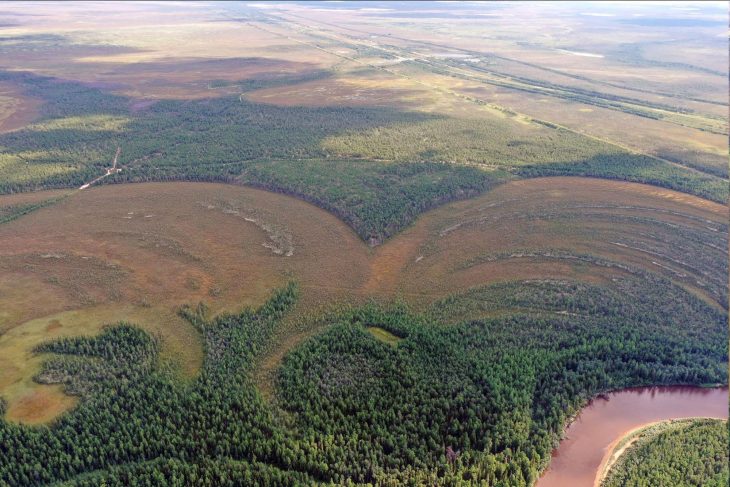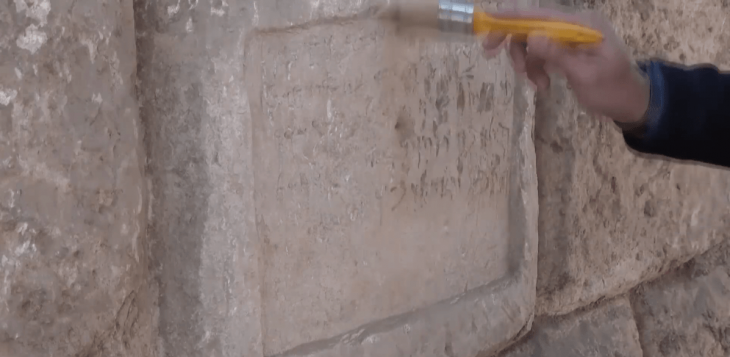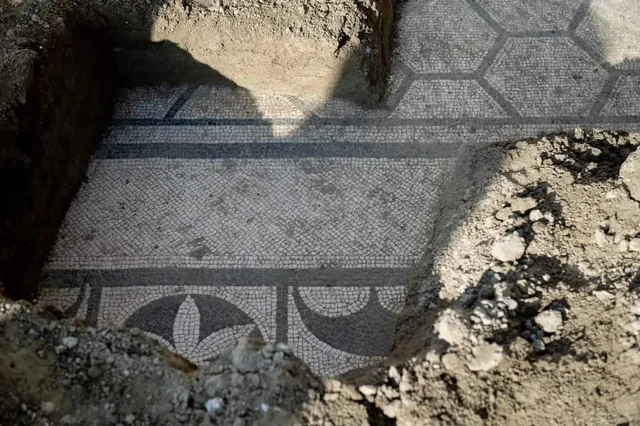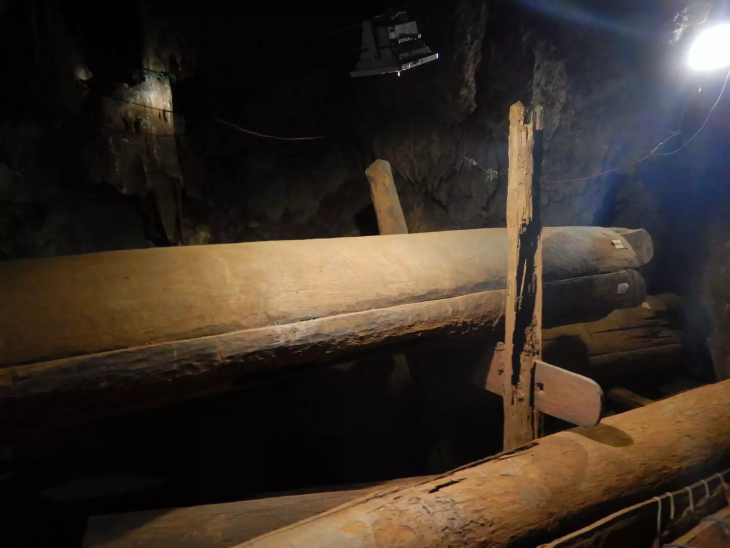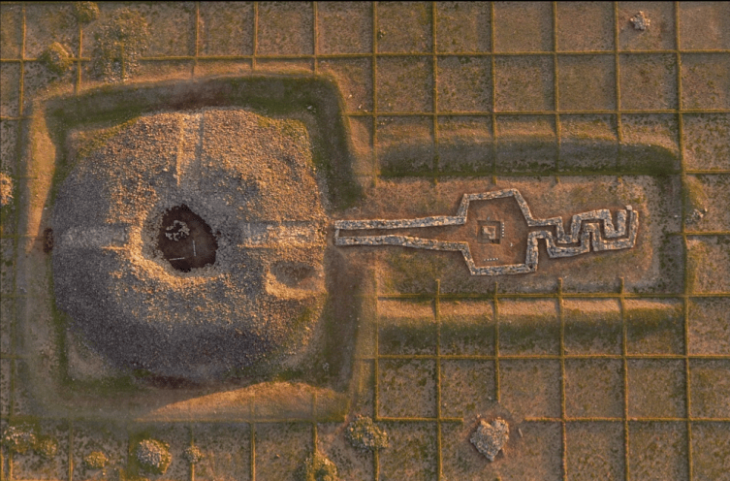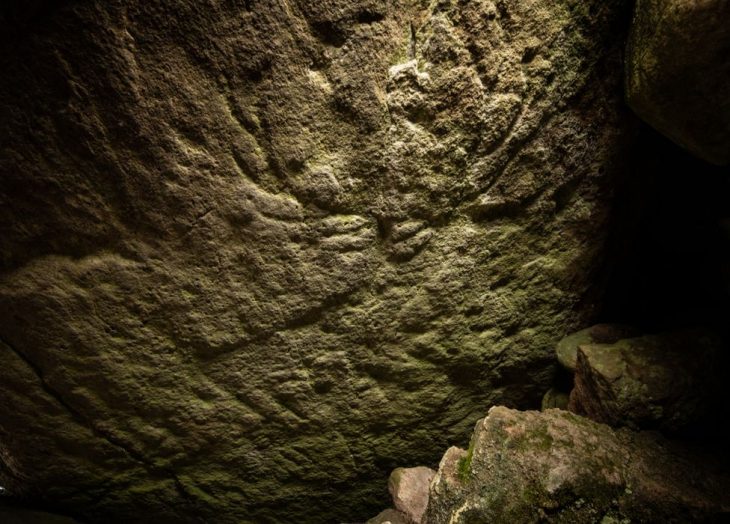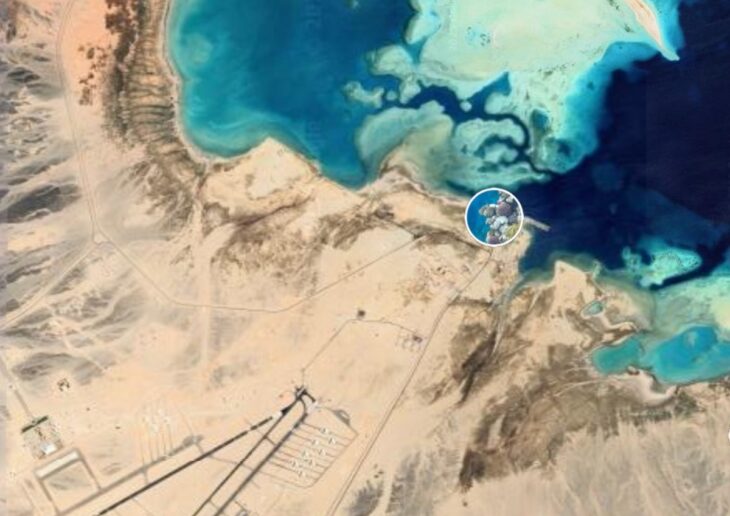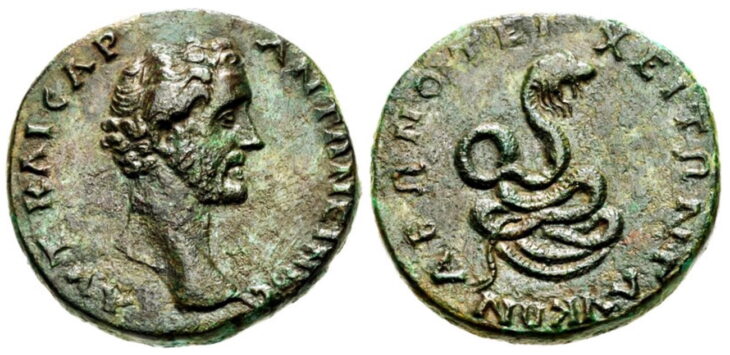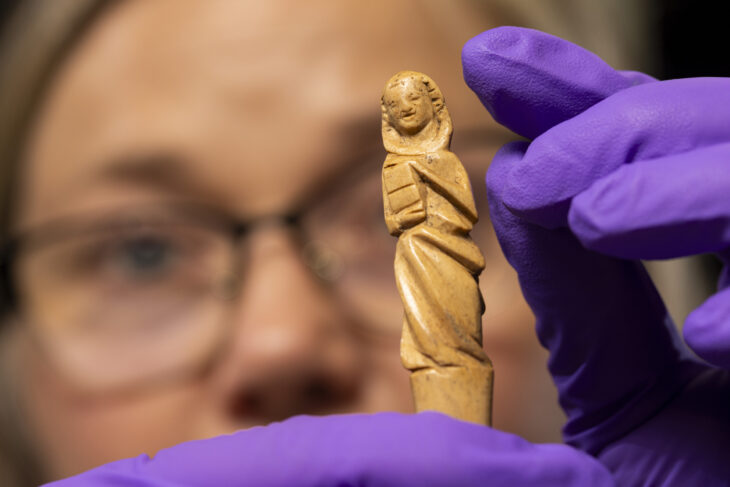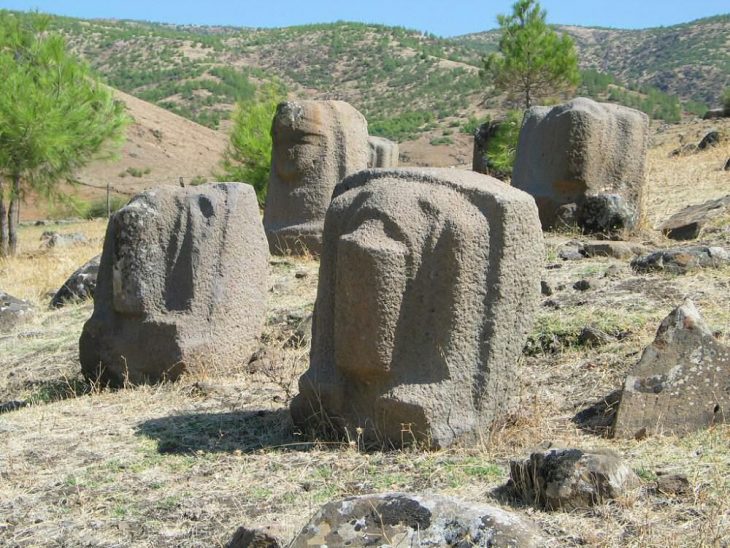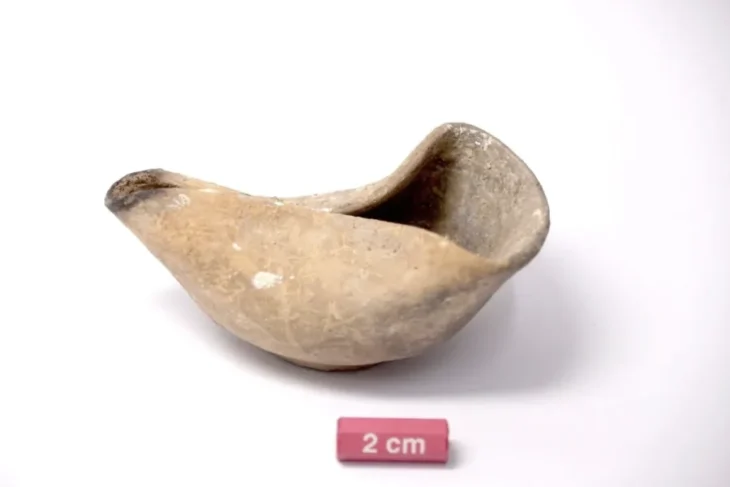Archaeologists in Tajikistan have made a groundbreaking discovery at the Mugtepa settlement in Istaravshan: an ancient water pipeline system, constructed approximately 1,500 years ago, perched atop a 65-meter hill — roughly the height of a modern twenty-storey building. This remarkable find sheds new light on the engineering capabilities and daily life of Central Asia’s early civilizations.
The Mugtepa site, historically home to fortresses of the rulers of Uratyube, remained largely neglected for nearly three decades. Construction work in 2017–2018 further damaged the cultural layers, leading many experts to believe its secrets had been lost. However, a summer 2025 expedition led by Professor Nabijon Rakhimov of Khujand State University, in collaboration with the Kalai Mug Historical and Cultural Complex, reignited hope. Despite lacking official funding, the team, assisted by students and specialists, meticulously excavated key sections of the aqueduct system.
Between June 18 and July 18, archaeologists studied three segments of the pipeline. Water was drawn from a spring at the base of a nearby hill and transported through ceramic pipes known as kuburs, each approximately 40 cm in length. These pipes were connected using waterproof alabaster mortar and laid in trenches measuring 85 cm wide and 20 cm deep. Small pools, or hauzes, along the route likely served as water collection points. The uniformity of the pipes suggests specialized workshops existed for their production, highlighting the sophisticated infrastructure of the period.
Beyond the pipeline, the excavation revealed artifacts that provide a window into daily life. Soil layers dating from the 5th to 8th centuries yielded pottery, stone grain grinders, and spindle whorls, indicating a thriving agricultural and textile economy. Deeper layers contained objects from earlier eras, including the 1st–3rd centuries CE and the Achaemenid and Hellenistic periods (6th–1st centuries BCE). Notable discoveries included fragments of tall-stemmed goblets, cup-shaped vessels, and red-slip bowls.
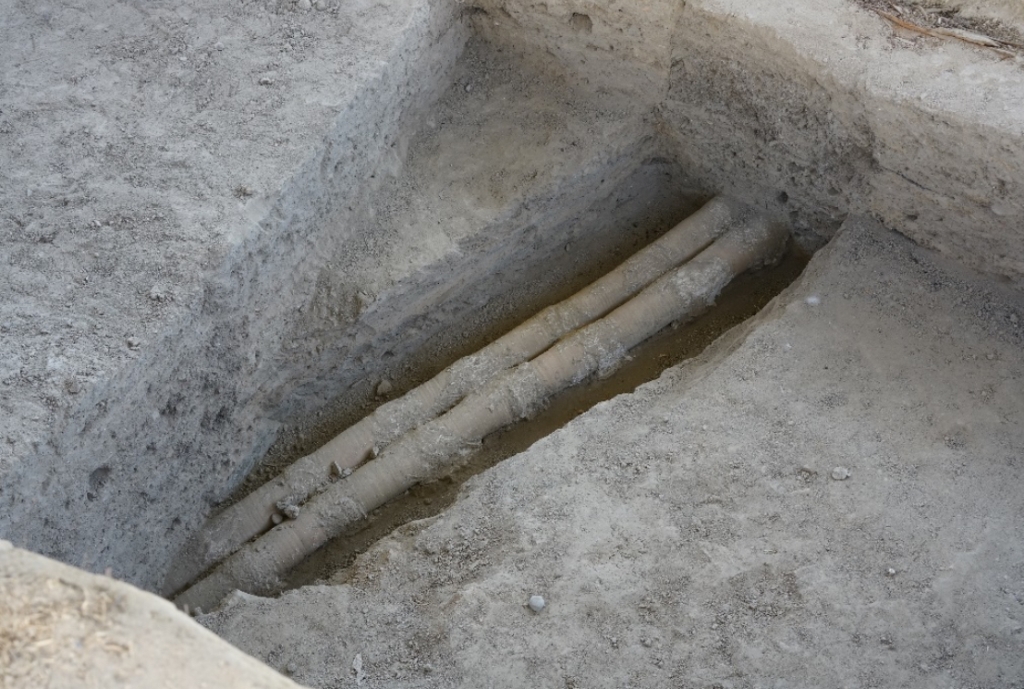
“Archaeological monuments are not just stones and shards; they are material evidence of our history,” said Rakhimov. “Without protection and careful treatment, they can disappear. It is our responsibility to preserve them and showcase Tajikistan’s ancient culture on the international stage.”
📣 Our WhatsApp channel is now LIVE! Stay up-to-date with the latest news and updates, just click here to follow us on WhatsApp and never miss a thing!!
This recent discovery is part of a broader trend of significant archaeological breakthroughs in Tajikistan. In 2023, a 7th-century sewer system was unearthed in Istaravshan, revealing the advanced engineering of the time. In May 2025, a Kushan-era clay vessel inscribed in Bactrian was discovered near Sarband, offering rare insights into ancient literacy and social life. Additionally, the Soyi Khavzak site in the Zeravshan Valley has produced artifacts dating back 150,000 years, supporting the theory that the region served as a migration corridor for early humans.
The Mugtepa water pipeline not only demonstrates the ingenuity of ancient engineers but also offers tangible evidence of the social and economic organization of the community it served. The team plans to petition the Agency for the Protection of Monuments under the Government of Tajikistan to secure official support for continued excavations and preservation efforts.
As research continues, the Mugtepa site promises to reveal more about the everyday lives, technologies, and cultures of Central Asia’s past civilizations. This discovery reinforces the importance of archaeological preservation and highlights Tajikistan’s rich historical heritage.
Source: Farah Orifi- Asia Plus
Cover Image Credit: Nabijon Rakhimov


